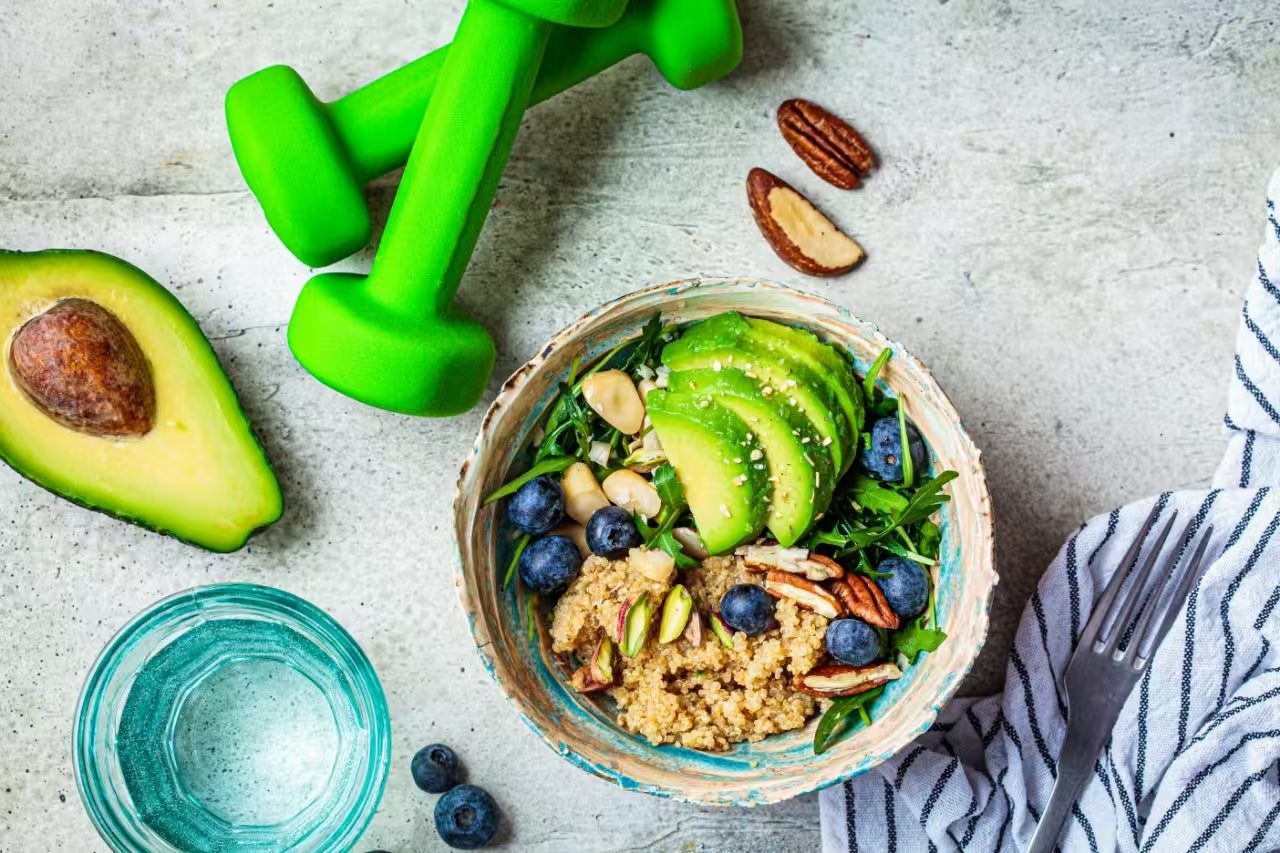
Resistance Training vs. Cardio for Metabolic Boost: Key Differences

How Workouts Boost Your Metabolism
-
Resistance Training: Think strength exercises like squats, push-ups, or lifting weights. This type of training helps build lean muscle, which increases your resting metabolic rate (RMR)—the calories you burn just by being alive!
-
Cardio: Activities like running, cycling, or HIIT elevate your heart rate and burn calories quickly during the workout itself, giving you a great short-term metabolic boost.
Resistance Training: Build Muscle, Burn More at Rest
-
Builds Lean Muscle:
-
Muscle burns more calories at rest than fat. So, the more muscle you have, the more calories your body burns even when you’re just chilling on the couch.
-
For every pound of muscle you gain, your RMR increases, meaning you’ll burn more calories all day, every day.
-
-
Afterburn Effect:
-
Ever heard of EPOC (excess post-exercise oxygen consumption)? It’s the fancy term for the calories your body burns after your workout to repair and recover. Resistance training creates a strong afterburn effect, keeping your metabolism elevated for hours post-workout.
-
-
Improves Strength and Functionality:
-
Beyond the calorie burn, resistance training makes daily movements easier and protects against injury by strengthening your muscles and joints.
-
Cardio: Burn Calories Fast and Boost Heart Health
-
Burns Calories During the Workout:
-
Cardio is amazing for burning a lot of calories in a short amount of time. Activities like running, cycling, or high-intensity dance classes can torch calories while boosting your cardiovascular health.
-
-
Improves Endurance and Heart Health:
-
Cardio strengthens your heart and lungs, improving your ability to perform everyday tasks and recover faster during workouts.
-
-
Short-Term Metabolic Boost:
-
While the afterburn effect isn’t as pronounced as with resistance training, cardio does elevate your metabolism for a few hours post-workout, especially if you’re doing higher-intensity activities like sprint intervals or HIIT.
-
Resistance Training vs. Cardio: Which Is Better for a Metabolic Boost?
-
For Long-Term Metabolic Boost: Resistance training takes the win. Building muscle increases your RMR, so you’re burning more calories even on rest days.
-
For Immediate Calorie Burn: Cardio is your go-to. It’s great for burning calories quickly and improving your heart health.
-
For Overall Fitness: The best results come from combining both! Cardio keeps your heart strong and your endurance high, while resistance training sculpts your muscles and keeps your metabolism humming.
How to Combine Resistance Training and Cardio
-
Alternate Days:
-
Focus on resistance training one day and cardio the next to give your muscles time to recover while keeping your body moving.
-
-
Blend Them Together:
-
Combine resistance exercises with cardio intervals for an epic metabolic boost. For example:
-
Do 10 squats, then sprint for 30 seconds.
-
Perform 10 push-ups, followed by 30 seconds of jumping jacks.
-
Repeat the circuit for 20 minutes.
-
-
-
Finish Strong with Cardio:
-
After a resistance training session, finish with 5–10 minutes of high-intensity cardio (like sprints or burpees) to amplify your afterburn effect.
-
Sample Weekly Workout Plan for a Metabolic Boost
-
Monday: Full-body resistance training (30 minutes)
-
Tuesday: Moderate cardio (30 minutes)
-
Wednesday: Rest or yoga
-
Thursday: HIIT session combining cardio and resistance (20 minutes)
-
Friday: Lower-body resistance training (30 minutes)
-
Saturday: High-intensity cardio (20 minutes)
-
Sunday: Rest or light stretching
Final Thoughts: Your Metabolism, Your Rules
References
-
Schoenfeld, B. J., & Aragon, A. A. (2014). "Effects of Resistance Training on Resting Metabolic Rate." Journal of Strength and Conditioning Research.
-
American Heart Association. (2021). "Cardio vs. Strength Training: Which Is Better?"
-
National Academy of Sports Medicine (NASM). (2020). "The Science of Metabolism and Exercise."
Meet Fitnexa, your AI-driven companion that turns everyday habits into a positive, uplifting journey. From effortless meal analysis (including recipe suggestions) to personalized coaching and real-time support, Fitnexa keeps you on track toward lasting wellness — so you can stay younger, live longer.
https://apple.co/4hr8JGW





Leave a comment
This site is protected by hCaptcha and the hCaptcha Privacy Policy and Terms of Service apply.